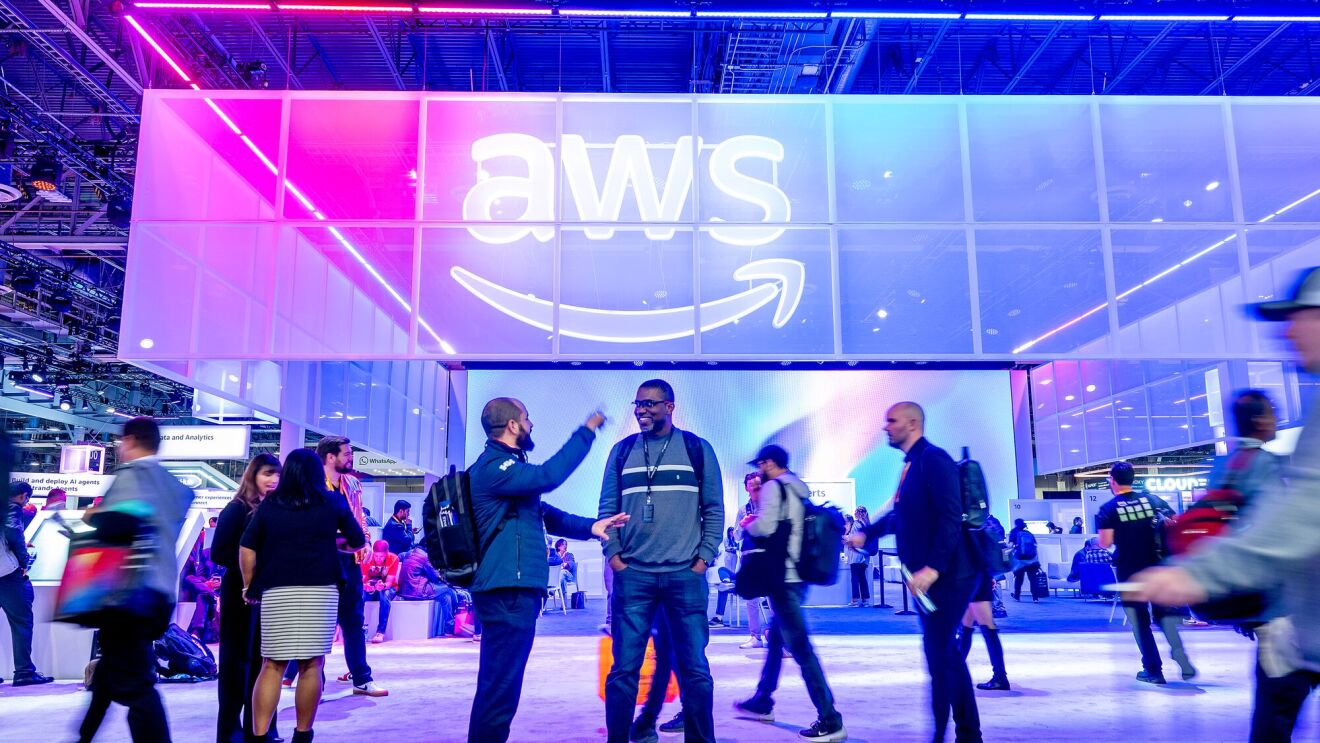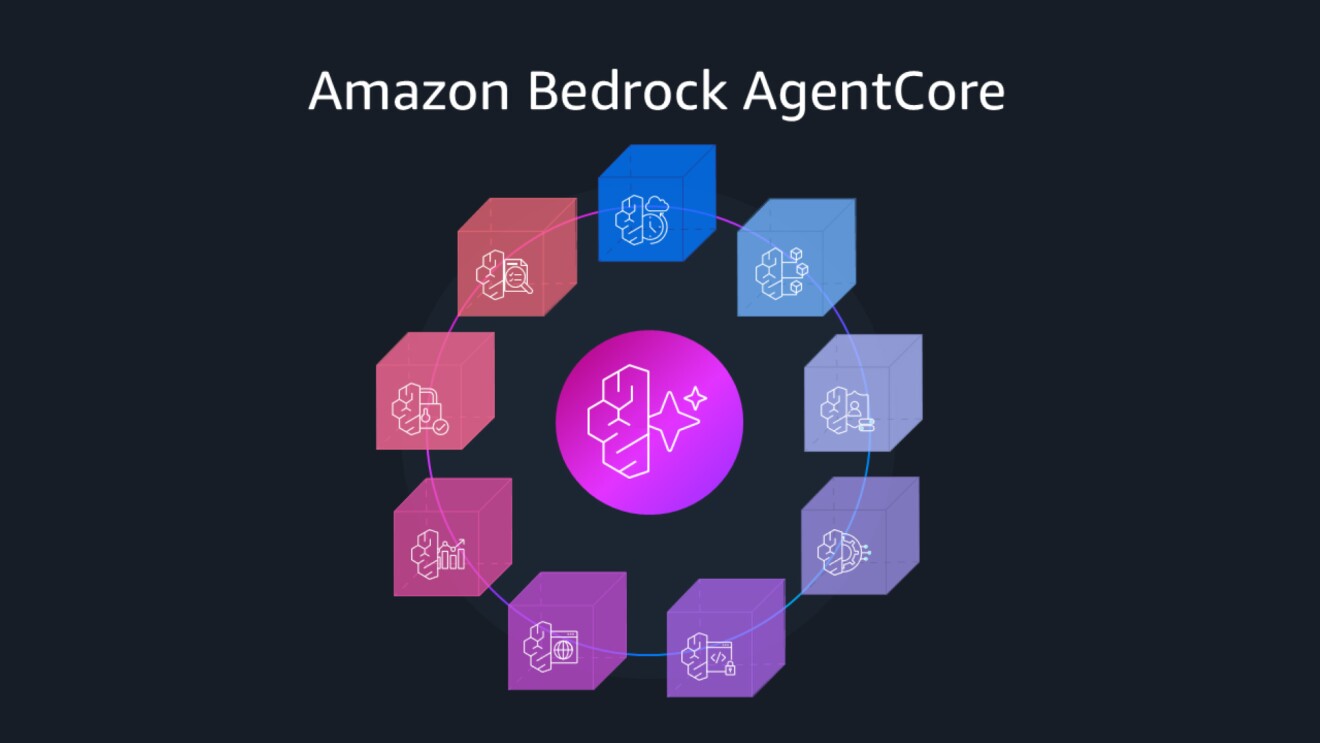When Amazon Web Services (AWS) builds its cloud computing infrastructure, including data centers, in a community, it means more jobs, more local investment, and more education and training opportunities for the people who live and work in those places. That’s according to a new AWS Economic Impact Study, which provides an overview of the scale of investment AWS has made in local communities in the U.S. since 2011 and demonstrates the positive ripple effects on the communities with an AWS data center in town.
Here are five key takeaways from the Economic Impact Study on what AWS investments have brought to communities in the U.S.
A boost to both national and regional GDP
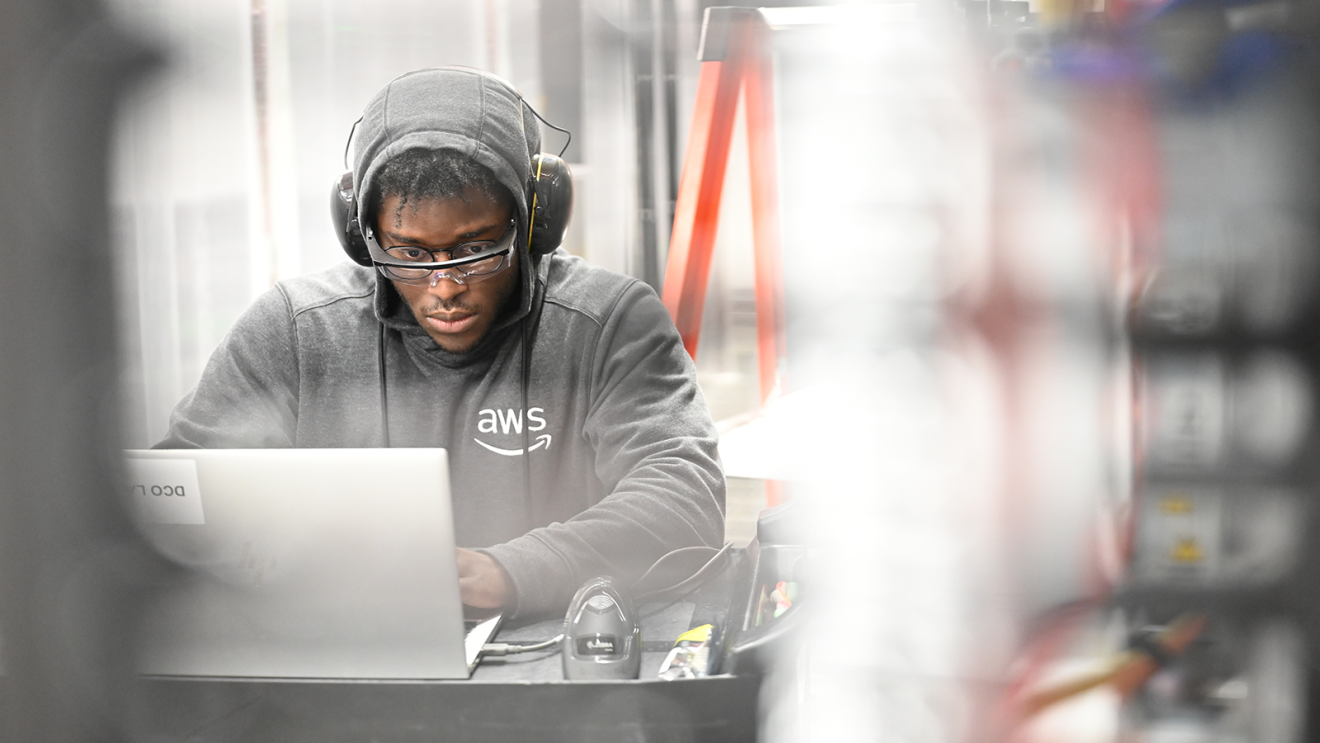
AWS has invested more than $108 billion in cloud computing infrastructure in the U.S., contributing nearly $38 billion to U.S. gross domestic product (GDP) while supporting an average of nearly 30,000 jobs per year in the local communities where AWS operates. Much of this economic impact relates to the construction, connection, maintenance, and operation of data centers.
In Virginia, AWS operates data centers across three counties and contributes $21.31 billion to local GDP. In eastern Oregon, AWS investments in data centers have added more than $6.4 billion to the state’s GDP; in Ohio, AWS added $2.23 billion to the state’s GDP; and in Northern California, AWS accounts for $2.11 billion of the state’s GDP.
Increased opportunities for skills training
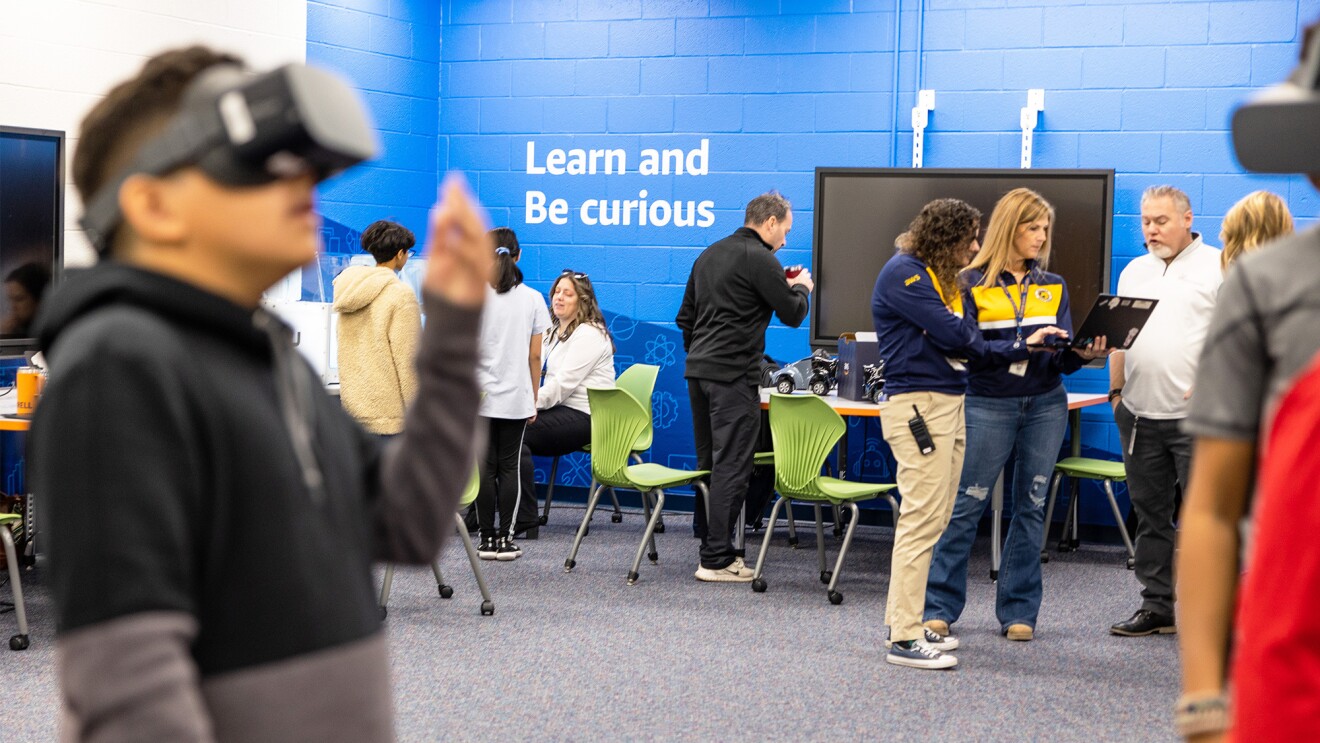 AWS Think Big Space in Leesburg, Virginia
AWS Think Big Space in Leesburg, VirginiaWhere AWS data centers are located, AWS has instituted localized programs dubbed AWS InCommunities. AWS InCommunities develops and launches a wide variety of programs designed to have a lasting impact in the regions around the world where AWS data center employees work, live, and raise their families. From support for primary and secondary school education, to skills training, funding for local food banks, and more, AWS InCommunities efforts benefit the entire community.
Part of that work is promoting science, technology, engineering, arts, and math (STEAM) learning for K-12 grade students through specialized labs, called “Think Big Spaces,” where students discover how to use technology to solve real-world problems. So far, more than 50,000 students at 25 schools across the U.S. have taken part in the program.
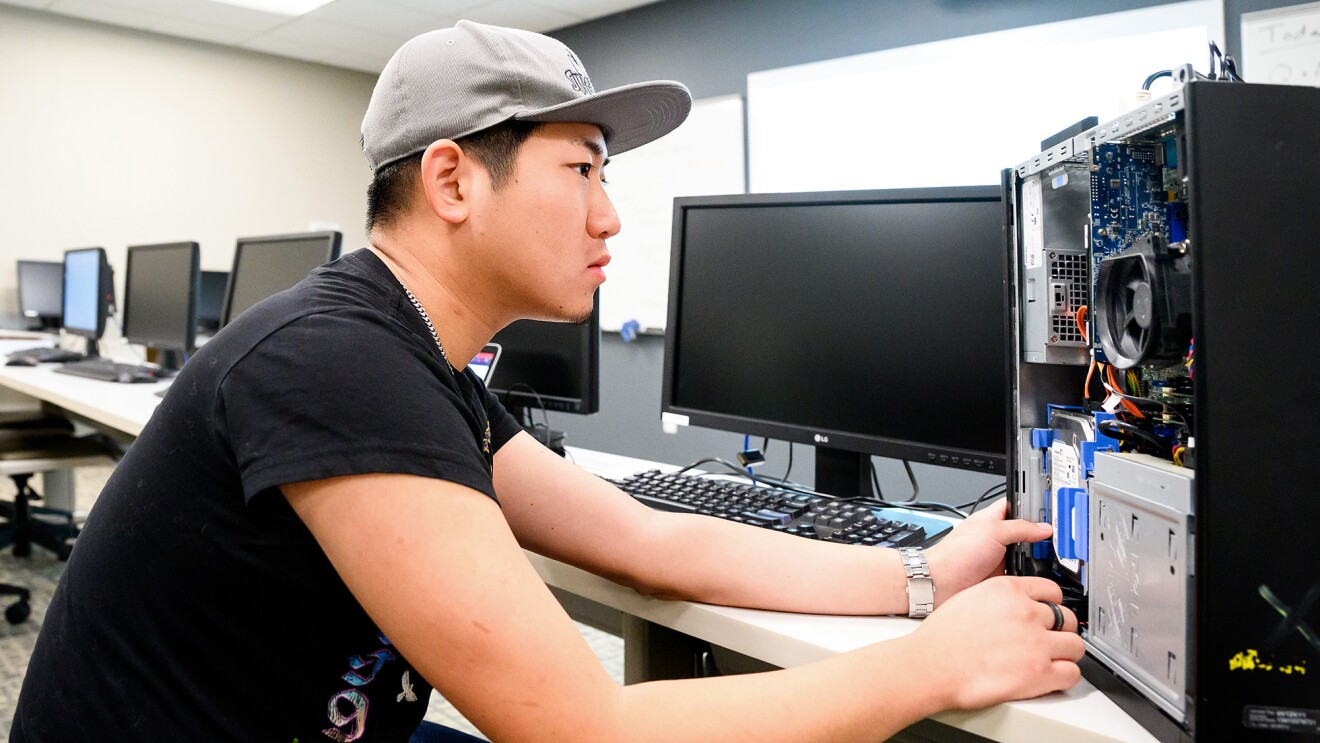
AWS’s Data Center Technician program, created in partnership with community colleges including Blue Mountain Community College in eastern Oregon, Columbus State Community College in Ohio, and Northern Virginia Community College, offers scholarships and training to people with no previous tech experience who are interested in pursuing careers in the cloud.
Through the AWS Academy program, AWS is also providing higher-education institutions with free, ready-to-teach cloud computing courses that prepare students to pursue industry-recognized certifications and in-demand cloud jobs in everything from generative AI to data center technician and networking jobs. More than 500 U.S. colleges and universities offer AWS Academy courses.
Local jobs
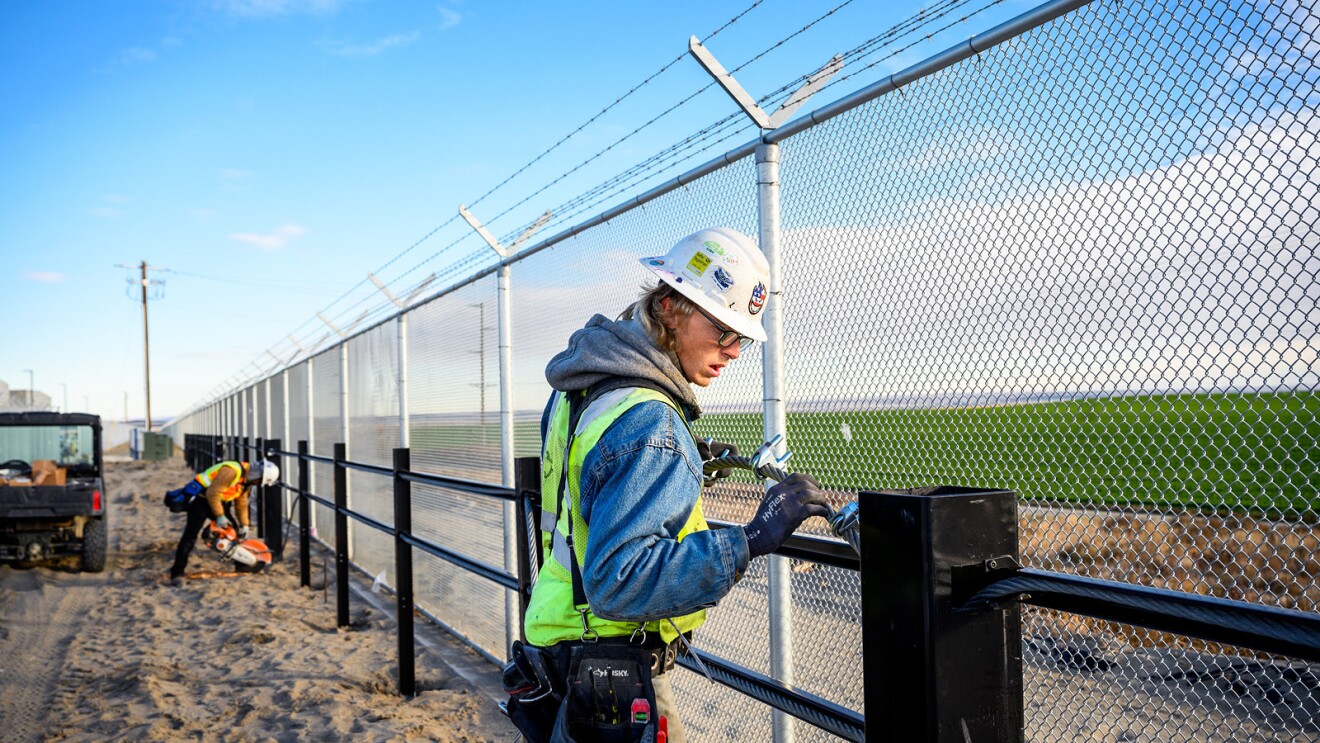
AWS’s investment has supported thousands of jobs across the country and generated an estimated output of $65.15 billion at local businesses in the U.S. through construction, operations, and the AWS supply chain infrastructure.
The economic impact of this local spending supports jobs such as data center technicians, utility tradespersons, building maintenance, equipment repair, and security. Those jobs help generate induced effects that may go into local restaurants and shops, or pay the neighborhood babysitter. This economic activity is best understood in terms of the revenue AWS has helped create across the nation, which funnels into tax revenue, fosters innovation, and sustains small and medium-sized businesses and local shops.
In Virginia, AWS supports 16,600 local jobs. In eastern Oregon, it’s 5,300; in Ohio, 2,000; and in Northern California, at least 1,500. AWS’s investment in developing local workforces includes collaboration with Ohio’s Office of Workforce Transformation (OWT), local employers, and educational organizations to host the first Fiber Broadband Awareness Week. As part of the event, AWS conducted a free, two-day Fiber Optic Fusion Splicing certificate course at the Tolles Career & Technical Center in Plain City, Ohio, and the PAST Foundation in Columbus, Ohio.
Help for local food banks, schools, and other community organizations
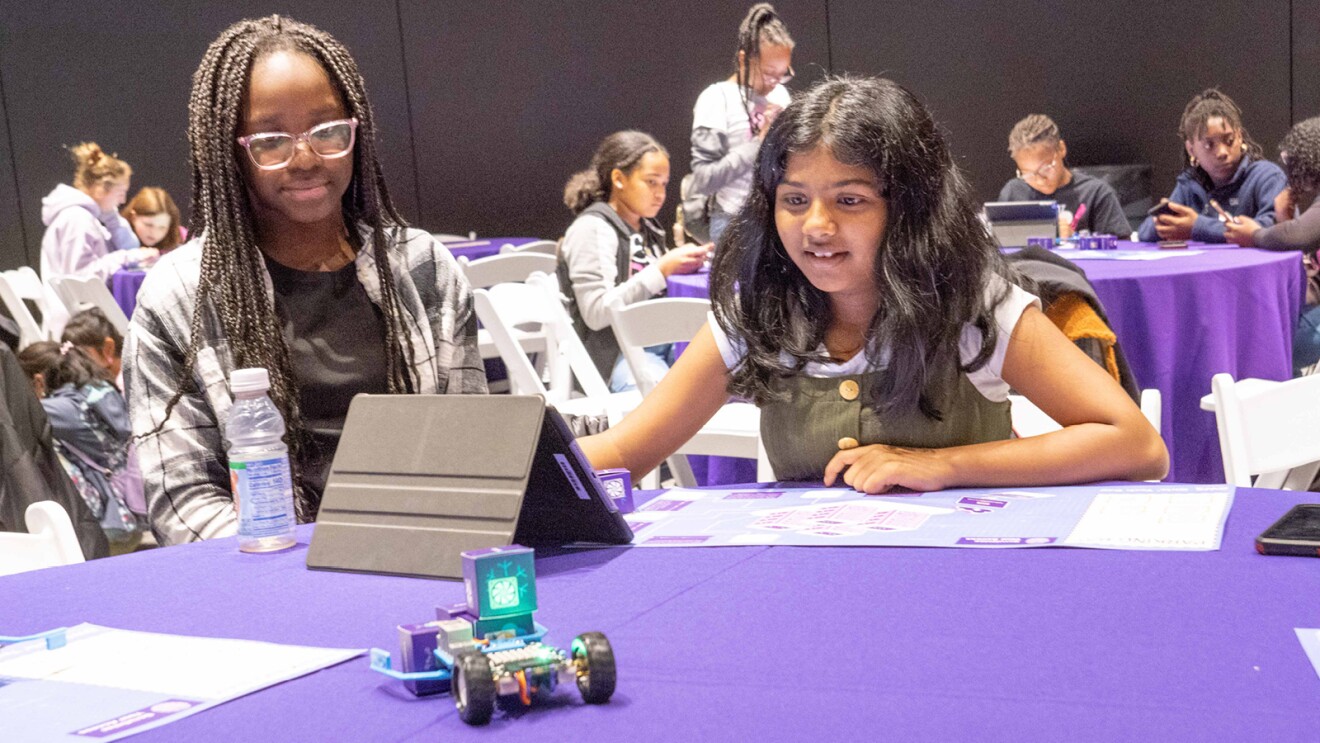
Near its US West (Oregon) Region, AWS has made it a priority to support local schools, community-based organizations, and businesses. In 2022, AWS InCommunities donated $2 million to organizations in eastern Oregon, and supported more than 50 microgrant programs in the area. The donations help support everything from the Eastern Oregon Mission, a community food bank that serves the greater Hermiston, Oregon region, to the Umatilla School District Robotics Program, and Greater Oregon STEM (GO STEM), which drives several initiatives, including the mailing of STEM kits for fourth-graders in eastern Oregon, a Mobile Makers Lab, and an updated lending library for local schools.
To further inspire more diversity in the technology field, AWS stages “AWS Girls' Tech Day” at sites across the nation, from Oregon, to California, Ohio, and Virginia. The program aims to educate, inspire, and empower girls and young women aged 8-24 to pursue careers in technology.
“Events like Girls’ Tech Day are important because they reinforce the message that we want, and need, more women to be part of these fields,” said Ohio State Senator Stephanie Kunze. “It’s critical that we keep developing and encouraging their talent, so they can seize the opportunities available to them in tech.”
More renewable energy on the grid and less water used
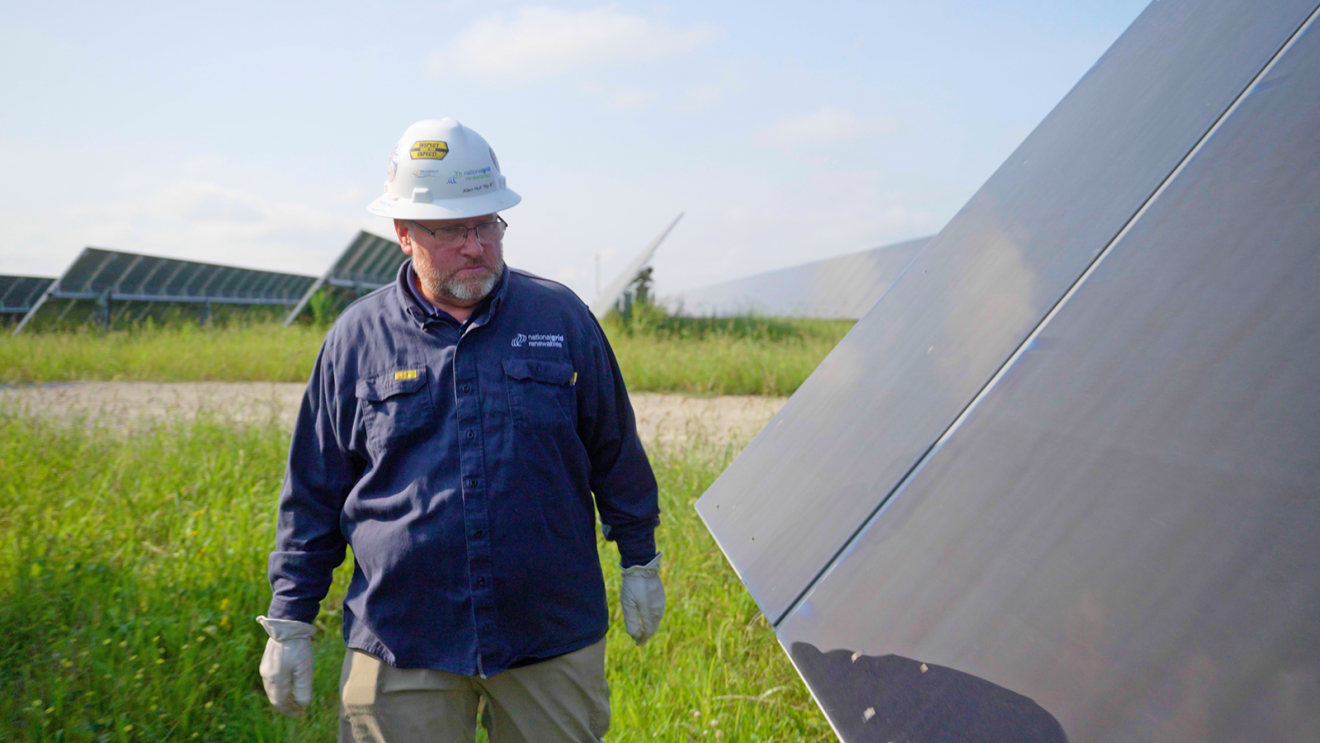
AWS is driving more than 200 innovative, renewable energy projects on behalf of communities across the U.S, as part of Amazon’s commitment to powering our operations with 100% renewable energy by 2025—five years ahead of our original target of 2030. This includes 18 solar farms that will provide enough energy to power 276,000 homes in northern Virginia when they go live. It means more renewable energy for electricity grids in the U.S. and other countries, without direct costs to local energy users.
AWS also pledged to be “water positive” by 2030—returning more water to communities than our data centers use. In Oregon, for example, we already provide up to 96% of the cooling water from our data centers to local farmers at no charge, for use in irrigating crops like corn, soybeans, and wheat. In northern Virginia, we worked with local water utility company Loudoun Water to become the first data center operator in the state approved to use recycled water in direct evaporative cooling systems. We already use recycled water for cooling in 20 of our data centers around the world and have plans to expand recycled water use in more facilities as we work toward becoming water positive.
Read the full Economic Impact Study for more information on AWS’s positive impact in communities across the U.S.
Watch: Data Centered: Eastern Oregon—A docuseries that tells the stories of local people and what it’s like having data centers in the community.
Learn about how our investments in communities where data centers are located have made a difference to the people in these regions.






